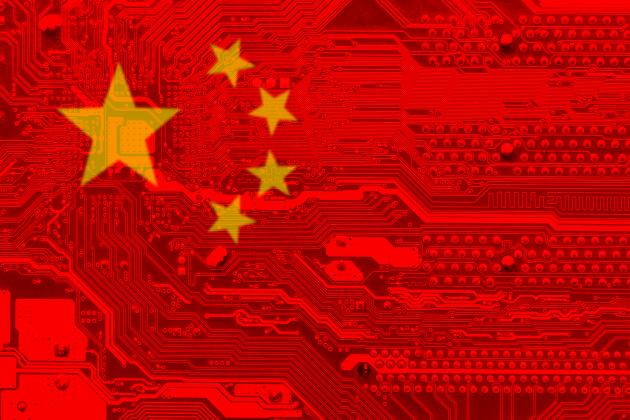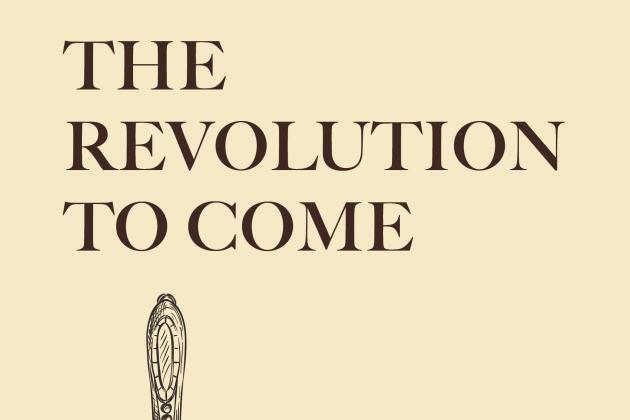The conference addressed the big issues in the structure of monetary policy. Read the news story here.
LIVESTREAM
THURSDAY, MAY 4
| Time | Content | Presenters/panelists | moderator |
|---|---|---|---|
|
12:00-12:50 PM |
Lunch |
-- | -- |
| 12:50-12:55 PM |
Welcome |
Tom Gilligan, Hoover Institution, Stanford University |
-- |
|
12:50-1:00 PM |
Introduction |
John Cochrane, Hoover Institution, Stanford University |
-- |
|
1:00-2:00 PM |
The Balance Sheet View Paper (Krishnamurthy) View Slides (Taylor) |
Charles Plosser, Federal Reserve Bank of Philadelphia and Hoover Institution |
John Cochrane, Hoover Institution, Stanford University |
|
2:00 PM |
Break |
-- | -- |
|
2:15-3:15 PM |
R-Star. The Natural Rate View Paper (Beyer & Wieland) View Slides (Wieland) |
Volker Wieland, Goethe University |
Amit Seru, Hoover Institution and GSB, Stanford University |
|
3:15 pm |
Break |
-- | -- |
|
3:30-4:30 pm |
Lessons from the Quiet ZLB; Monetary and Fiscal Policy View Paper (Cochrane) View Slides (Eichenbaum) |
John Cochrane, Hoover Institution, Stanford University |
Michael Bordo, Rutgers University and Hoover Institution |
|
4:30 PM |
Break |
-- | -- |
|
4:45-5:45 PM |
Monetary Policy and Payments View Paper (Bordo & Levin) View Slides (Bordo & Levin) |
Laurie Hodrick, Columbia and Stanford University |
Amit Seru, Hoover Institution and GSB, Stanford University |
|
5:45 PM |
Adjourn |
-- | -- |
|
6:00 PM |
Reception And Dinner Monetary Policy Making When Views Are Disparate |
John Taylor, Hoover Institution, Stanford University |
-- |
FRIDAY, MAY 5
| Time | Content | Presenters/panelists | moderator |
|---|---|---|---|
|
7:45-8:30 AM |
Breakfast |
-- | -- |
|
8:30-9:10 AM |
Monetary Policy Rules and Committees |
Stanley Fischer, Federal Reserve Board |
John Taylor, Hoover Institution, Stanford University |
| 9:10 AM |
Break |
-- |
-- |
|
9:20-10:00 AM |
The Euro Crisis and the Battle of Ideas View Slides (Brunnermeier) |
Markus Brunnermeier, Princeton University |
Kevin Warsh, Hoover Institution, Stanford University |
|
10:00 AM |
Break |
-- | -- |
|
10:15-10:30 AM |
Introductory Remarks by George Shultz |
-- |
John Taylor, Hoover Institution, Stanford University |
|
10:30-12:00 PM |
Policy Panel |
James Bullard, president, Federal Reserve Bank of St. Louis |
John Cochrane, Hoover Institution, Stanford University |
|
12:00 PM |
Adjourn |
-- | -- |
If you have any questions about the event, contact Marie-Christine Slakey at slakey@stanford.edu.
BACKGROUND
Some of the questions we will address follow:
- Should the Fed maintain a large balance sheet and conduct monetary policy by varying the interest rate it pays on reserves, or should it lend through the discount window? Should the Fed instead shrink the balance sheet? Should the Fed even go back to not paying interest on reserves and conducting interest-rate policy by open-market operations? What kinds of assets should the Fed have on its balance sheet? Should the Fed use asset purchases to manage asset prices either in booms or in busts?
- How should the Fed define, measure, and adapt monetary policy to changes in the “natural rate” of interest? More generally, how does the Fed distinguish “supply” from “demand” shocks? Should monetary policy target the long--run inflation rate or a longrun nominal interest rate?
- The long period of calm at zero rates and with huge reserve expansion challenges core models and monetary doctrines, which predict deflation spirals or monetary inflation. What lessons should policy learn from the long and quiet zero-rate episode? What are the fiscal foundations of monetary policy, and does the era of large debts, large deficits, and low interest rates threaten our quiet period?
- Should the Fed merge its monetary policy and regulation tools? For example, if interest rates changes and asset purchases are ineffective, should the Fed use capital ratios and specific lending directives to temper exuberance or stimulate a weak economy? Or should regulation be formally separated from monetary policy, if for no other reason than to preserve monetary policy independence?
- A central function of the Fed is to manage the payments system. Payments technology is rapidly advancing. Should the Fed move to blockchain technology for reserves? How should it adapt to such technological changes in asset markets and private payment systems? What should the Fed and monetary policy know/do about blockchain and other payment technologies? How can we open up the US payments system so all of us have instant electronic transactions at much less than the credit card company's fees? Blockchain is designed to verify the authenticity of a security (bitcoin), which is not an issue for reserves or treasuries. How does it help on the other end, where fraudulent transactions are the issue? What cyber-security issues should the Fed proactively address?
- How do the experiences of Europe and its different institutions illuminate these issues, and how is Europe adapting to the same questions?



















